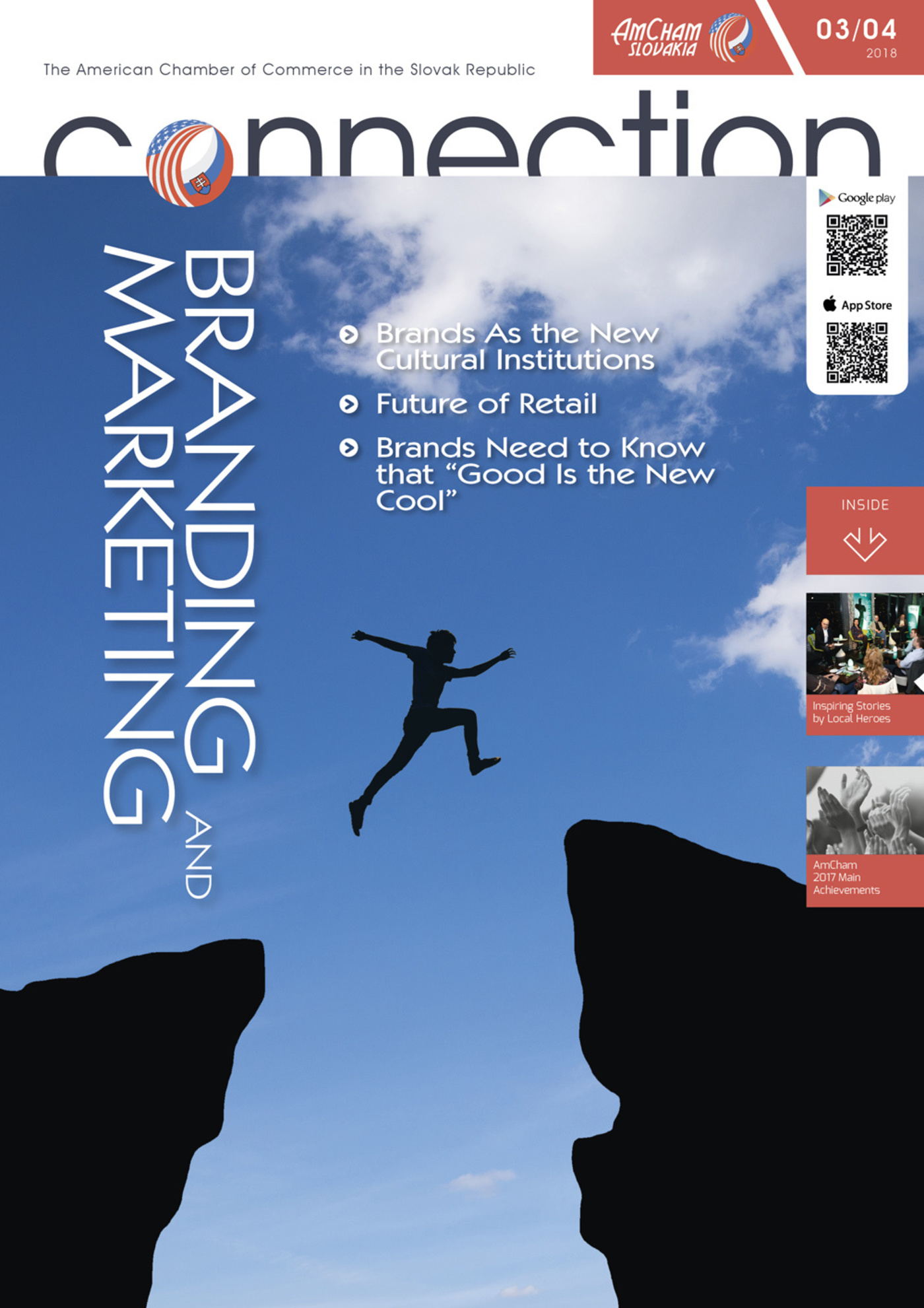Many applications, much software, and complicated webpages do not have instructions to allow users to quickly understand what the product can do for them. A poor understanding of the product and its features is often why people lose interest, leave and don’t make the desired conversions.
But this can be easily avoided – with the correct step-by-step user onboarding process.
What is user onboarding?
User onboarding is a process that actively guides users to find value and success using your product or service. It is the crucial element in any product launch and that’s why it needs to be carefully planned and analyzed to ensure future adoption and growth.
What is most important at the beginning?
There is never a second chance to make a first impression. To achieve success with your product or brand, the user must see the value and visualize the success in the first seconds using your application. Then you are halfway to success.
Emotions must be engaged, but they need to be complemented by reasons:
- What users NEED to do to START using the application
- What they NEED to do to become ENGAGED in the application
- What they NEED to do to become INVESTED in the application
After you answer those questions, you can start building an onboarding process for your future users. Now let’s go from the general to more specific.
User onboarding to help you start your business
Creating a great user onboarding experience is not easy, but it will save you time, money and reduce the risk of wasting hours trying to figure out why users aren’t registering, or why your conversion rate is so low. We present some tips to avoid a negative user onboarding experience.
Be there for those who need you
Successful onboarding must be preceded by defining your future users. Then, for a set group, you need to know the needs, goals, motivations, and reasons that will tell them why your product should be used. Don’t try to include everyone. People have different needs, so you need to define who you want to reach with your application. Once you have defined your target user group, you will need to tailor your product to their needs to increase your conversions.
Welcome windows
When users enter your application, from the very first moment the environment must be friendly and easy to use. A great example can be set in the welcome window. Don’t start describing the specifics of your application. Users will delete your application if they get confused or overwhelmed, even if your product offers 1,000 features. Present the minimum, as confused users don’t buy but bounce, taking all the money you spent to get them to your site and their lifetime value as a customer elsewhere.
Don’t ask too much
Users are welcomed and it’s time to sign up. Asking too much information during sign up to segment or identify your target group is a big mistake. This happens when you don’t know your target group well enough and you are afraid of losing an opportunity to sell. Give your user some space to look around your product without having to fill in a long form.
Progress bars
Progress bars are a powerful and effective way to engage your users. The reason is simple – people are constantly driven to set and accomplish goals. The need to complete a task is strong, and after completing a task, the brain produces endorphins. This feature is employed by companies like Google or LinkedIn as a powerful weapon. Build your own progress bars and motivate your users to get more activation from them.
Bubble tips and guides
Bubbles should appear automatically when the app is launched, so users can see the support point immediately. Get users’ attention and make sure they feel safe and they will return again and you will get your conversion.
Some users want to perform an action immediately. Let them! Build guides that enable them to do something with the product, i.e. write a post, fill out a bio, etc.
If your application is complicated, use guided interaction to familiarize users with the core features. Give them a feeling of confidence to try things on their own.
The FIRO-tour travel agency implemented A/B testing bubble tips and guides on the user onboarding YesElf platform. They found that on webpages with guides, holiday reservation increased by 9.25% and they registered a higher number of clicks from the main page to subpages with a destination by 9.85%. This is a great result!
Conclusion
Building an effective onboarding process is a long-term process with short stops for testing and making improvements, so you can achieve more. But in the end, you will have users who understand your application and enjoy using it.
Mária Mačugová, Office Manager, Seges s.r.o.



Follow us